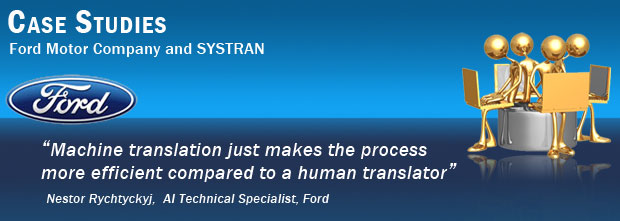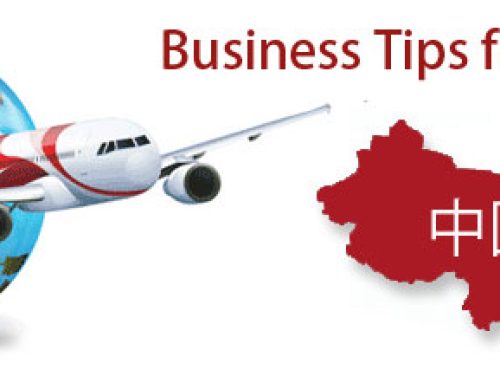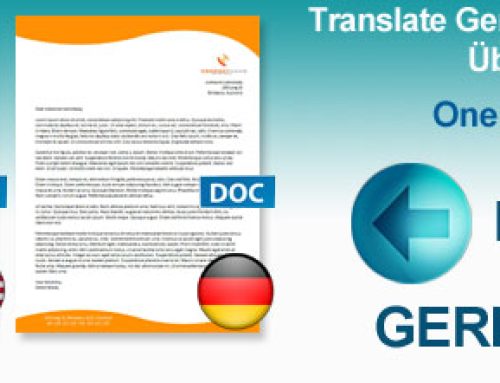The internet has made it possible for companies worldwide to work together, without having to worry about distance or communication barriers. Although the different communication languages have often been considered a barrier, more and more companies are using translation software to do business.
Yes, computer translation has its flaws and human translators are often required to revise the final content to make sure it’s relevant and accurate, but with the newest software there is less and less need for a human input. The latest translation programs have improved consistently, have enormous dictionaries of specialized words and phrased that can easily be customized, and the process is faster and more accurate, compared to previous versions.
Nowadays, businesses find it a lot easier to understand website content, reports and technical documents even if they’re not originally written in their native language. Translation software (also known as machine translation) has come a long way in helping companies do business and reach clients globally in whatever language, as well as communicate with their foreign employees.
“Machine translation just makes the process more efficient”
Ford Motor Co. is a successful example of a powerful company that uses translation software from Systran Software to translate vehicle-assembly instructions from English into Spanish, Portuguese, German and Dutch. It also uses human translators to ensure it’s completely accurate. Although translation software isn’t 100%, it has significantly improved and is becoming more reliable every year for communicating assembly instructions to foreign employees, says Nestor Rychtyckyj, one of the technical specialists in artificial intelligence at Ford.
“Machine translation just makes the process more efficient” compared to a human translator, says Rychtyckyj . “We’re saving a lot of time and effort.”
At Ford, a translation software is a must-have since they are not only writing assembly instructions for new models, but they are also modifying instructions for current models three to four times a year, every time a part or a tool for the building of a car changes. In most cases, the instructions are written in English and then Ford’s translation systems are in change of converting them into the other five languages. Ford’s assembly instructions can include up to 300,000 sentences that need to be translated and distributed to employees as fast as possible.
Customizing Dictionaries
Ford has made its life easier by customizing its dictionary from the translation program, which consists of about 5,000 specialized terms, and each term is programmed to be automatically translated in Spanish, Portuguese, German and Dutch. If a term or a phrase doesn’t match the terms included in the Ford dictionary, then the software is programmed to search for a match within a more general dictionary. The accuracy of the instructions is double-checked by Ford’s human translators.
The multilingual instructions are ready to be distributed to workers by the following day and foreign employees can use them right away. The translation software is fast and efficient, and the final content is not too far from being totally accurate. For instance, translations from English into German are 94% accurate, reveals Rychtyckyj. Furthermore, he says that the minor translation errors are often detected by employees, so these are usually not a problem in the process of building a car.
Communicating with Employees
Foreign employees that work at Ford but speak a different language other than the five included in Ford’s system can get oral or written assistance on the assembly instructions from other engineers. Ford plans to further remove language barriers among workers by adding other languages to its system. Rychtyckyj reveals that the sixth to join the list is Russian.
The need for Human Translator Input
Translation software is not only used to facilitate communication between employees. It is also very efficient when website content or product descriptions need to be translated for worldwide customers to understand it. Minor translation errors may be permitted when it comes to internal communication within a company, but when it comes to customers, these are unacceptable. Not only can the inaccuracy make a company look unreliable, but it can also cost them clients. To stop this from happening, industry experts strongly recommend using a human input to verify the accuracy of a translation.
“No one thinks you can depend solely upon a machine,” states Chris Boorman, chief marketing officer for SDL PLC, a British creator of a translation software. “I do not believe you can ever take the human out of language when it comes to publishable” content.
Although translation software doesn’t yet deliver 100% accurate results, when it comes to solving a large-scale translation problem, this is a cost, time and manpower saving solution. For Ford’s massive volume of assembly instructions, translation software has successfully risen up to the challenge, proving its efficiency and delivering an accuracy of over 90% for all Ford’s five language translations.






